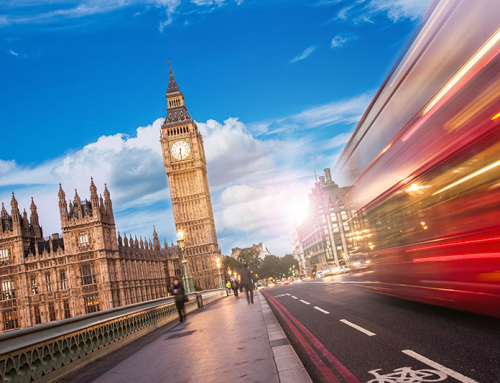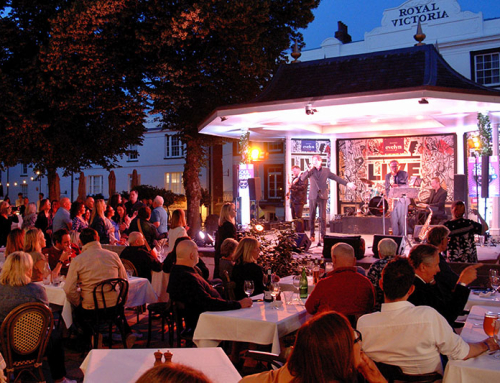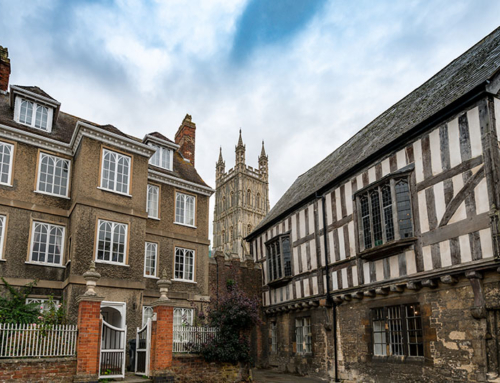According to data from the United Nations (UN), in 2050 around 68% of humanity will live in cities. These represent only 3% of the planet’s surface, but consume 78% of energy and produce 60% of greenhouse gas emissions.
For this reason, city planners need to pay close attention to the urbanisation processes and make cities more habitable, inclusive, healthy, resilient and sustainable.
Sustainable buildings minimise energy and water consumption and are a key part of sustainable urban development that seeks to combat climate change. In this week’s blog, we’re exploring our top five favourite eco-friendly constructions.
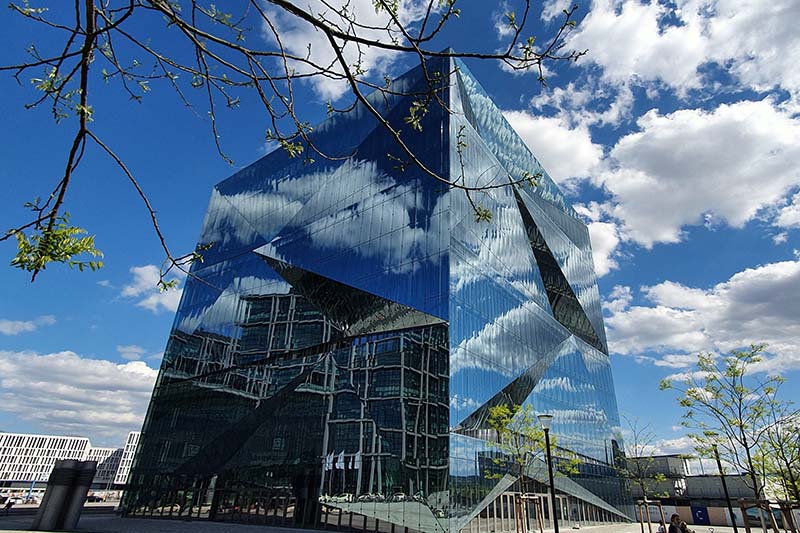
5. Cube – Berlin, Germany
Completed in February 2020, Cube is an office building located on Berlin’s Washington Platz and is regarded as one of Europe’s smartest structures. Envisioned as ‘a workplace of the future’, the glass building’s striking broken cube design reflects the surrounding environment and the sky.
The double skin façade uses glass with solar control coating to help maintain temperature and provide light. The same coating reflects the worst heat, keeping a moderate internal temperature. Cube also features a natural air ventilation system, heat reclamation system, rooftop terrace, courtyards and smart technology to control energy, heat and security.
4. Shanghai Tower – Shanghai, China
The world’s second tallest building at 2,073 feet, Shanghai Tower is an architectural wonder as well as a sustainable one.
The tower boasts a total of 43 different sustainable technologies, including renewable energy sources, extensive landscaping to help cool the building, and a unique shape which helps improve the building’s wind resistance. It is also designed to collect rainwater and recycle some of its waste water for internal use.
The building has been able to lower its overall energy use by 21%, reduce its carbon footprint by an estimated 37,000 metric tonnes per year and save US$58 million in material expenditures as a result of these initiatives. The structure was awarded a platinum LEED certification and China’s three-star Green Building award.
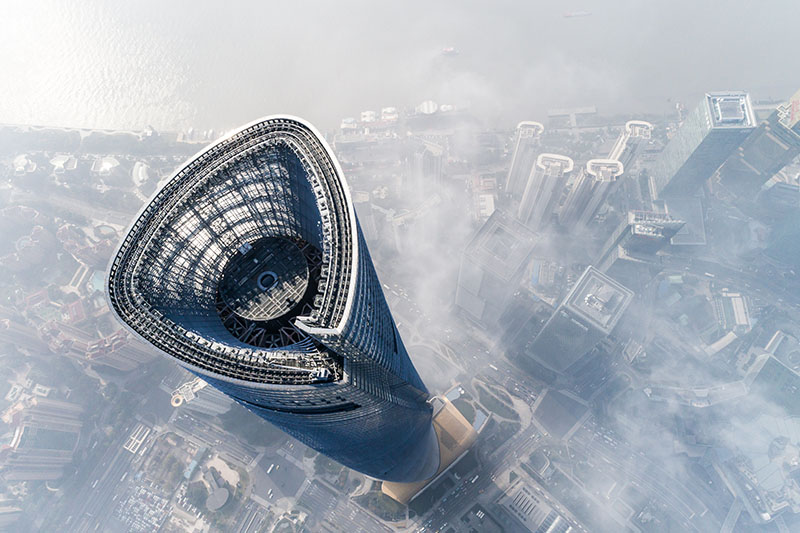
3. Bullitt Center – Seattle, United States
Completed in 2013, The Bullitt Centre is an office building in Capitol Hill, Seattle and was built by the non-profit Bullitt Foundation.
The building’s energy requirements are generated entirely on-site. The 575 rooftop solar panels that produce more energy than the building consumes, particularly during the summer months, sell power back into local grid through a practise known as net metering.
All rainwater that falls on the site is collected in a cistern in the basement, treated to potable drinking standards, and supplies all water needs of the building. It’s also self-heating, thanks to geothermal wells that circulate through the floors.
2. One Angel Square – Manchester, England
Regard as one of Europes most environmentally-friendly buildings, the North of England’s One Angel Square cost £105 million to build and is now the head office of the Co-operative group. It was the first in the UK to receive a Building Research Establishment Environmental Assessment Method (BREEAM) outstanding rating.
The building’s most notable feature is the architecture’s double-facade which heats in the winter and cools in the summer. It is also fitted with heat recovery from the IT systems, low-energy lighting, rainwater recycling and is powered by biodiesel and rapeseed oil.

1. Bosco Verticale – Milan, Italy
This residential tower complex is more of a forest than a structure, with nearly 20,000 square feet of external plants and shrubbery. The vegetation brings a number of benefits, offsetting pollution through oxygen production, insulating the buildings to save energy and creating a biodiverse paradise in the middle of a major city.
It also uses an innovative geothermic heat pump technology to regulate temperatures and reduce power consumption. Power is supplemented through solar panels on the building. With Gold LEED Certification, the ‘vertical forest’ provides valuable habitat and has created a thriving ecosystem within the city.
Targetfollow
The challenge for investors goes beyond simply incorporating climate risk into portfolios – the full balance of externalities accruing through investment decisions needs to be considered by asset managers. A meticulous focus on such details gives businesses certainty that they are investing sustainably – in every sense of the word.
Since the company’s inception in 1992; Targetfollow have been able to acclimatise to the ever-changing landscape – we have retained the agility intrinsic to our years of success and are carefully examining new ways to operate in cohesion with our environment.
For all the latest updates regarding Targetfollow’s 2022 projects, visit our Facebook, LinkedIn and Twitter.


